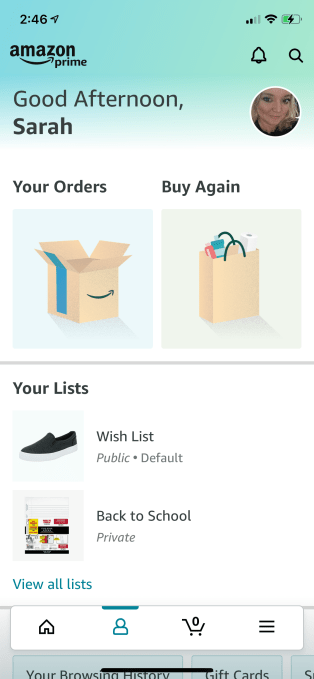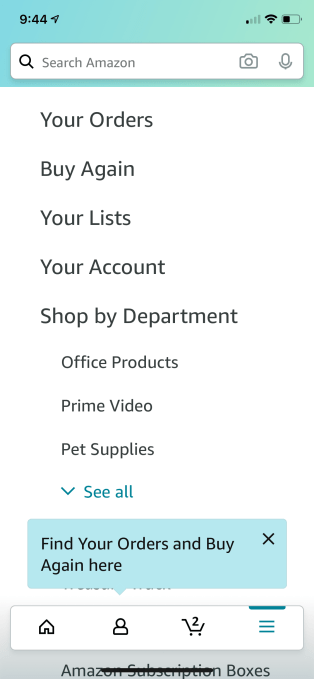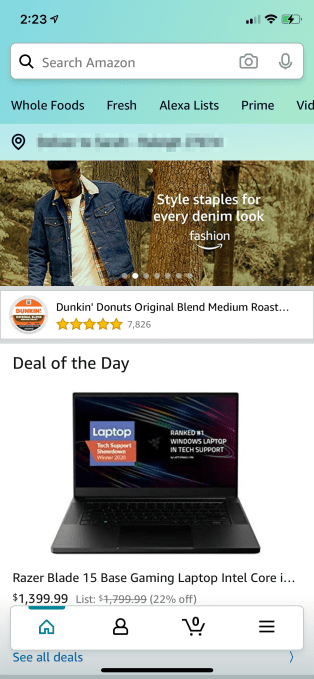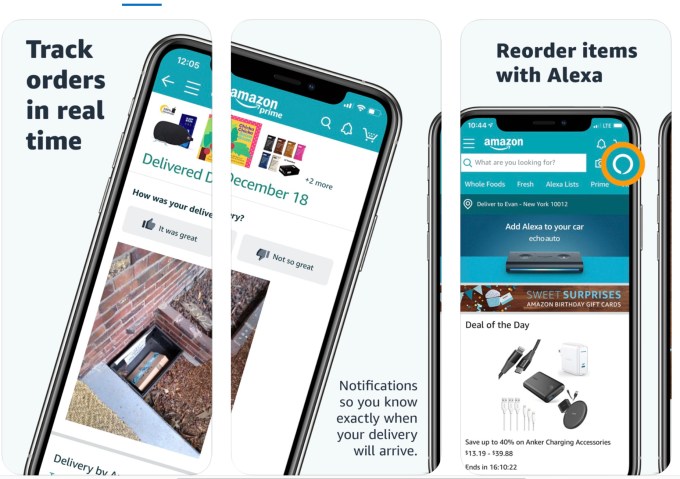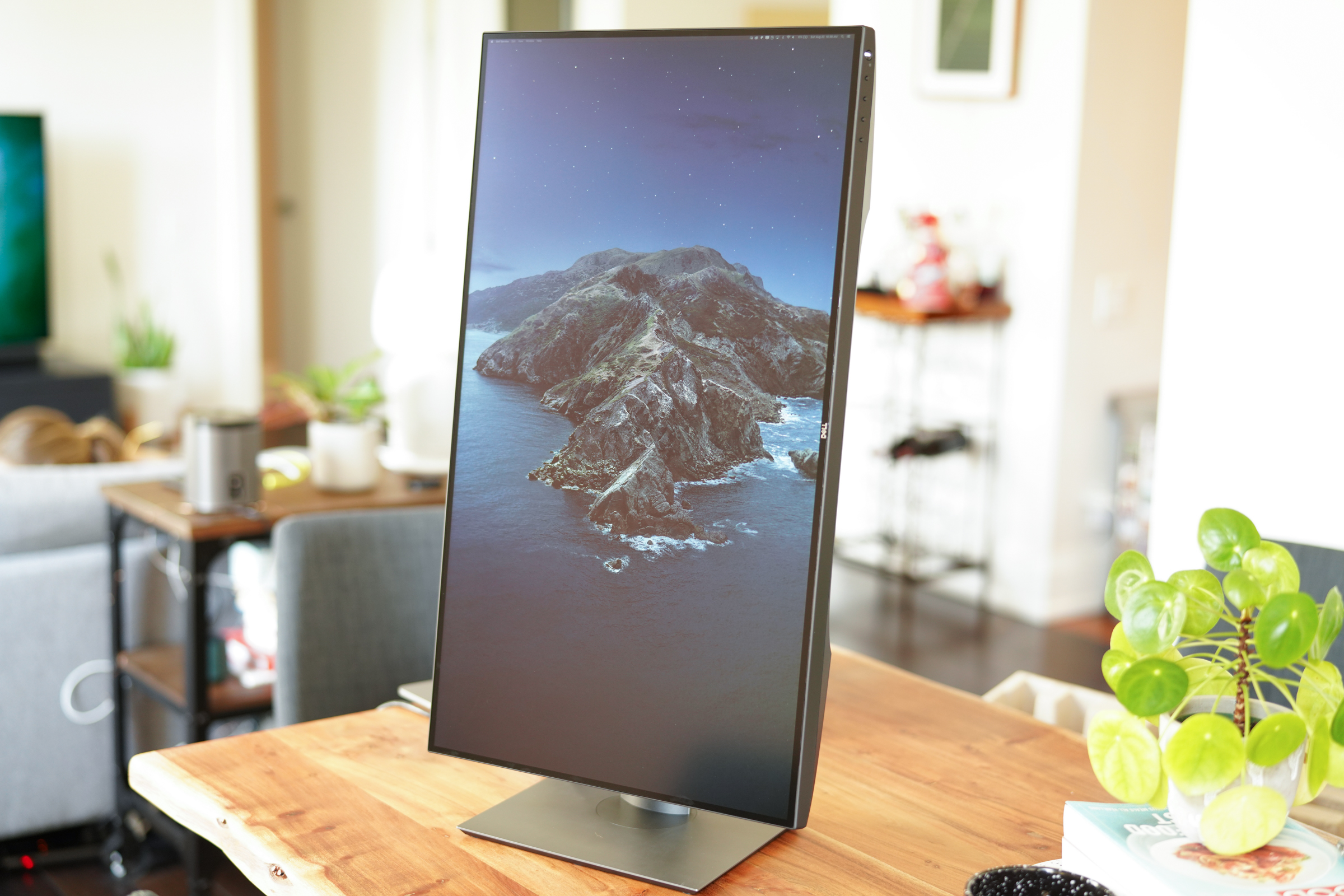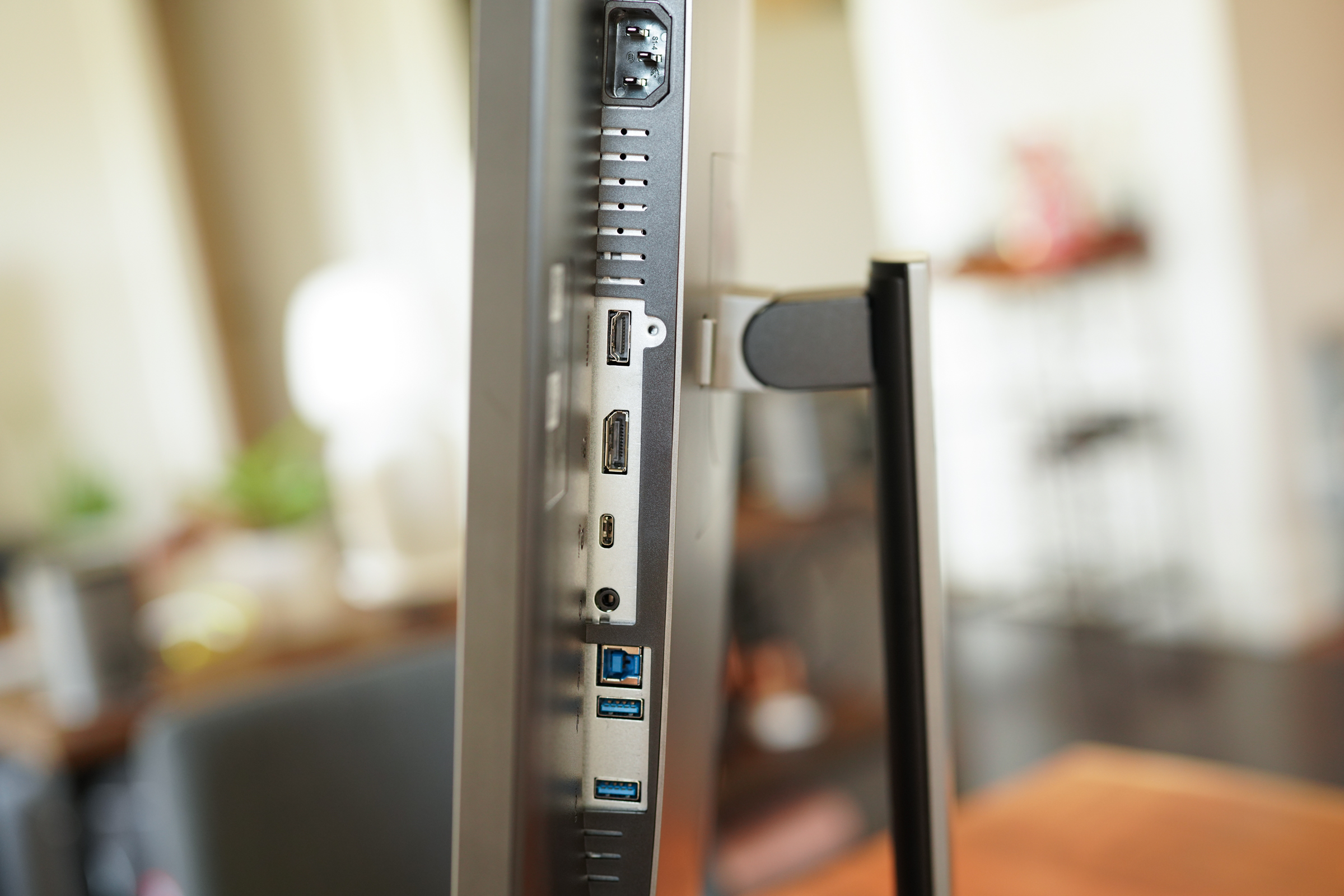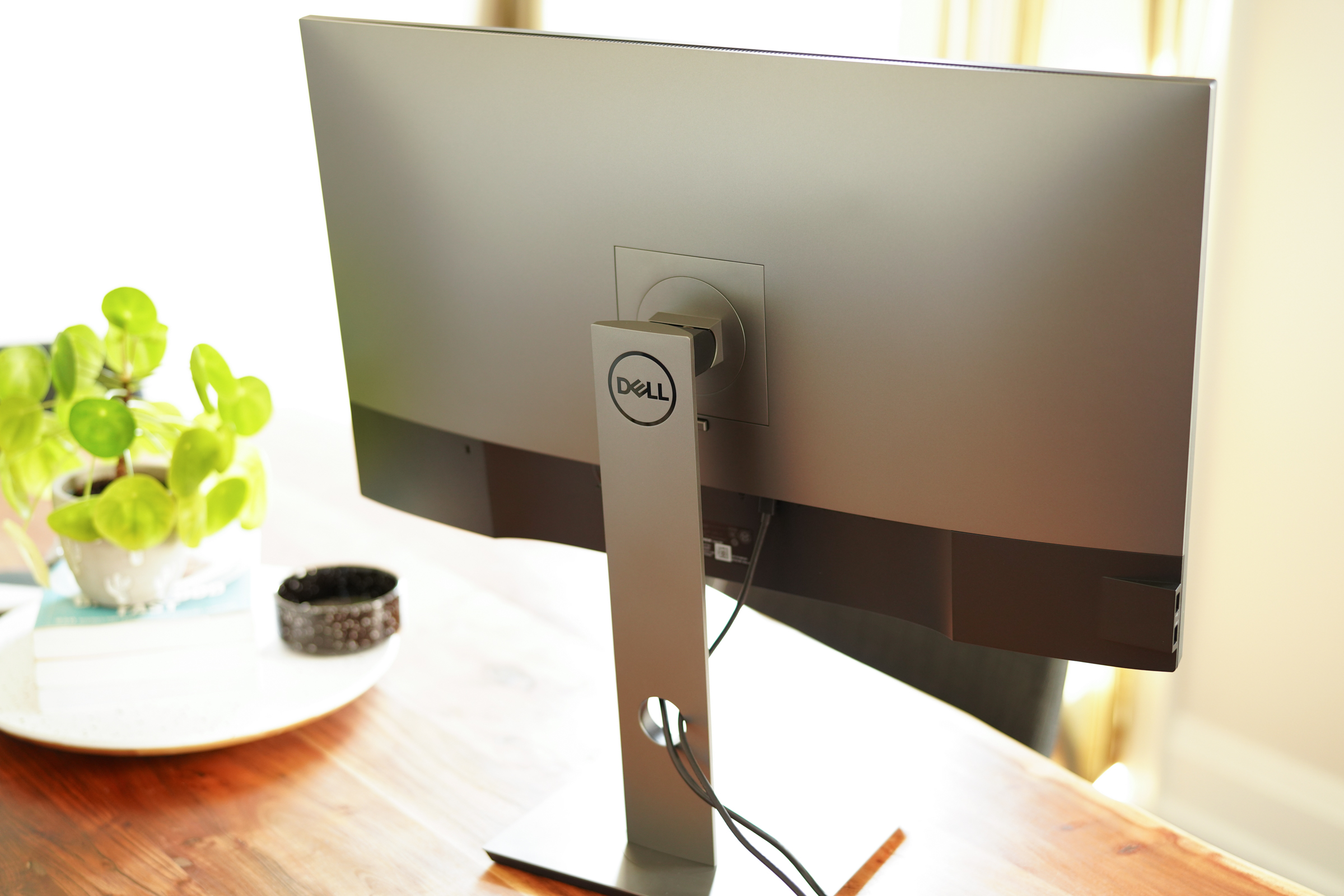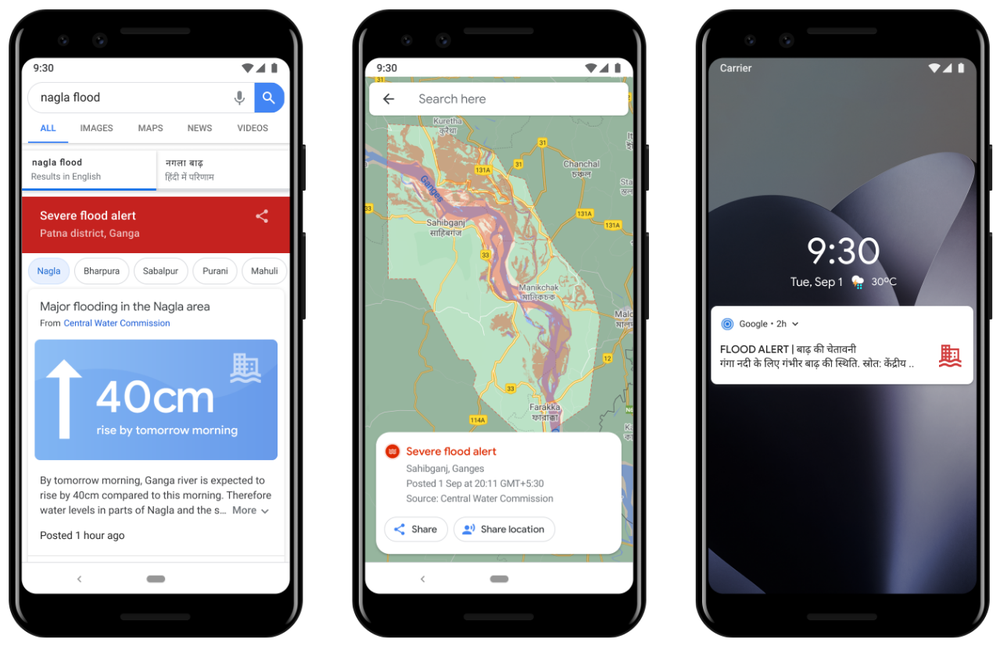As Slack ramps up its investment in Asia, Toss Lab, the South Korea-based creator of enterprise collaboration platform JANDI, is preparing to become a more formidable rival. The startup announced today that it has raised a $13 million Series B led by SoftBank Ventures Asia, the early-stage venture arm of SoftBank Group. Participating investors also included SV Investment, Atinum Investment, Must Asset Management, Shinhan Capital, SparkLabs, and T Investment.
Founded in 2014, Toss Lab said the round means it is the first Korean company in the collaboration space to raise over $20 million to date. The company says JANDI is the top collaboration platform in Japan and Taiwan. It serves companies ranging from small- to mid-sized businesses to large enterprises with thousands of employees. Its clients include LG CNS (the Korean conglomerate’s IT services subsidiary), Korean tire manufacturer Nexen Tire, and Lexus. Toss Labs says its revenue has grown over 100% over the past three years.
Matthew Kim, chief executive of Toss Lab, told TechCrunch that the Series B will be used for global expansion and to increase the company’s headcount by 20% to 25%.
JANDI has seen a 80% increase in the number of users acquired during the COVID-19 pandemic across its Asian markets. To serve remote workers, Jandi added integration with Zoom, enhanced its security, and developed an advanced admin dashboard.
The platform currently supports English, Chinese, Japanese, Korean and Vietnamese, and plans to grow its operations in Japan, Taiwan, Malaysia, Vietnam and the Middle East.
Last October, Slack said it is planning to increase its investment in Asia, including new data regions in Japan and Australia.
But Kim said Jandi’s biggest rival isn’t Slack. Instead, it is competing against popular messaging apps, like Line, Kakao, WhatsApp, Zalo, and Facebook Messenger, which Kim said the majority of workers in Asia still rely on for workplace communication. While Slack is used by some startups and tech companies in Asia, Chatwork and Base.vn are the top collaboration platforms in Japan and Vietnam, respectively, while Jandi is the leader in South Korea and Taiwan.
One of Jandi’s advantages is that “we are currently integrating with the legacy systems that are unique in each region and we have the local onboarding support team for enterprise,” said Kim. He added that Japan and Taiwan have the most growth potential in the near-term, followed by the United Arab Emirates, Malaysia, and Indonesia.
Like other collaboration platforms, JANDI offers messaging and group chats. But it also features collaboration tools that the company says is geared toward work culture in its Asian markets. These include organization charts to help people find colleagues by department; a “board view” for company announcements and reports; video calls that can support up to 300 participants at a time; read receipts; and an secure file manager for storing confidential team documents.
As part of the funding, Toss Labs also added four new board directors: Ticket Monster founder Daniel Shin and former Kakao chief strategy officer Joon-yeol Kang, the founders of Bass Investment; SoftBank Ventures Asia CEO JP Lee; and SBI Investment Korea CEO Joon-hyo Lee. Sendbird CEO John S. Kim and Bespin Global founder HanJoo Lee as joining as advisors to Toss Labs.


